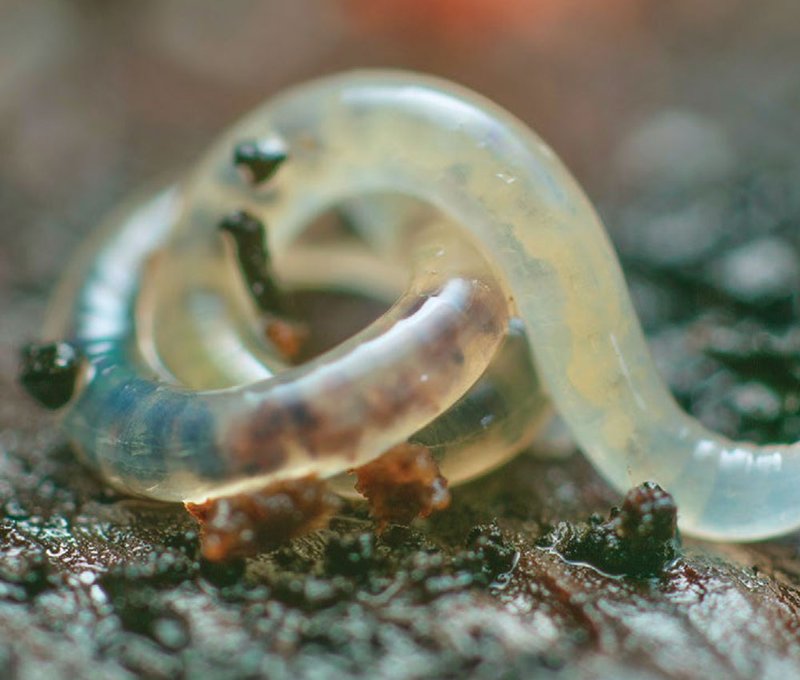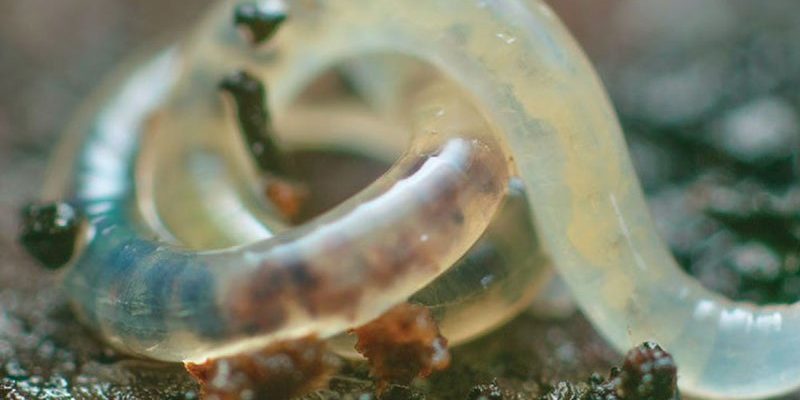
You might be wondering, “Why would anyone want to study or farm these small creatures?” Well, it turns out that enchytraeid worms (or pot worms, as they’re sometimes called) have fascinating behaviors and life cycles that can tell us a lot about soil health, environmental conditions, and even how we might approach sustainable farming. In this article, we’ll dive into the ins and outs of enchytraeid worms in captivity—what they are, how they can be studied, and whether or not farming them is a viable option.
What Are Enchytraeid Worms?
Enchytraeid worms belong to the family Enchytraeidae, which includes small, white or translucent worms often found in moist soil or decaying organic matter. They usually measure between 1 to 5 centimeters long and are typically thread-like in shape. If you’ve ever dug into a garden and spotted a few tiny worms wriggling around, there’s a good chance you encountered these little guys.
They play a crucial role in soil ecosystems, as they help decompose organic matter, recycle nutrients, and improve soil structure. You could think of them as the busy workers of the soil, turning waste into nutrient-rich compost that benefits plants and other living organisms. Besides soil health, enchytraeid worms are also sensitive to environmental changes, making them excellent indicators for studies on climate change and pollution.
Now, you might be asking how these worms can be studied or farmed. The good news is that they can thrive in controlled environments, making them suitable for captivity. Their relatively short life cycles and ease of reproduction mean that with the right setup, you can observe their behaviors and life processes without too much hassle.
Studying Enchytraeid Worms in Captivity
Studying enchytraeid worms in captivity is a fascinating endeavor that scientists and enthusiasts alike are increasingly leaning towards. One of the main reasons is their relatively simple care requirements. They thrive in moist, organic-rich conditions, which makes setting up an environment for them quite manageable.
When starting your own study, consider creating a habitat with rich soil, organic matter, and a consistent moisture level. You could use a small container or terrarium filled with soil, leaves, and compost. This setup mimics their natural environment and encourages healthy growth. Plus, it’s kind of like creating a mini-ecosystem right in your home!
As part of the research, you can observe their behaviors, feeding habits, and reproduction. For example, you might see how quickly they break down organic materials or how they respond to changes in moisture or temperature. These observations can shed light on how soil health impacts overall ecosystem dynamics, which is especially crucial for agricultural practices.
How to Farm Enchytraeid Worms
Farming enchytraeid worms might sound like a niche hobby, but it’s becoming more popular among gardeners and researchers. If you’re thinking about giving it a try, you’ll be glad to know that it’s easier than you might think.
Here’s a simple roadmap for starting your enchytraeid farm:
- Set Up a Suitable Habitat: Create a worm-friendly environment using a container filled with damp soil and organic material. Make sure it’s well-aerated.
- Feed Them Right: Enchytraeid worms thrive on decomposing plant matter, like kitchen scraps, leaves, and other organic debris. Avoid feeding them anything greasy or processed.
- Maintain Moisture: Keep the soil consistently moist but not soggy. Too much water can lead to an unhealthy environment.
- Monitor Conditions: Keep an eye on temperature and moisture levels to ensure optimal growth. Ideally, they prefer temperatures between 15-25°C (59-77°F).
The beauty of farming these little worms is that they can reproduce quickly, which means you’ll have a steady supply if you optimize their habitat. Engaging in worm farming can be not only a fun project but also an excellent way to produce rich soil amendments for your garden.
Benefits of Studying and Farming Enchytraeid Worms
There are numerous benefits to studying and farming enchytraeid worms, both for personal use and broader scientific understanding. Here are a few key advantages:
- Soil Health Insights: These worms are excellent indicators of soil health. By studying them, we can learn how various environmental factors affect soil quality.
- Organic Waste Recycling: They help break down organic waste quickly, providing a sustainable way to recycle kitchen scraps and yard waste.
- Environmental Monitoring: Since they’re sensitive to pollutants and environmental changes, they can serve as valuable bioindicators in studies tracking climate change impacts.
Farming these worms could also contribute to creating a healthier garden ecosystem. If you’re a gardener, using enchytraeid worms can enhance soil quality, allowing your plants to thrive. Plus, they require minimal space and resources compared to traditional livestock farming.
Challenges of Captive Enchytraeid Worms
While the benefits are compelling, there are also challenges to consider when studying or farming enchytraeid worms. For instance, they need very specific conditions to thrive. If their habitat becomes too dry, too wet, or too overcrowded, the worms can suffer or die off.
Another challenge is that they can be sensitive to changes in their environment. If you’re moving or making significant changes to their habitat, it’s essential to monitor them closely to ensure they adapt well. Over time, you might notice changes in their population or behavior based on the conditions you’ve created.
Also, keep in mind that while they reproduce fairly quickly, the growth rate can fluctuate based on environmental conditions. Sometimes, a population boom might lead to competition for resources, which can affect their health.
Final Thoughts on Enchytraeid Worms
Capturing the essence of enchytraeid worms in captivity is like peeling back the layers of an onion. There’s so much to explore, from their roles in soil health to how they can be cultivated for practical use. Whether you’re a gardener looking to enhance your soil or a researcher interested in environmental indicators, understanding these tiny worms can yield valuable insights.
As we continue to learn about their potential in agriculture and environmental science, the study of enchytraeid worms holds promise for a sustainable future. If you’re intrigued by the idea of bringing these little creatures into your life—be it for study or farming—there’s a rewarding journey ahead. Happy worm wrangling!

